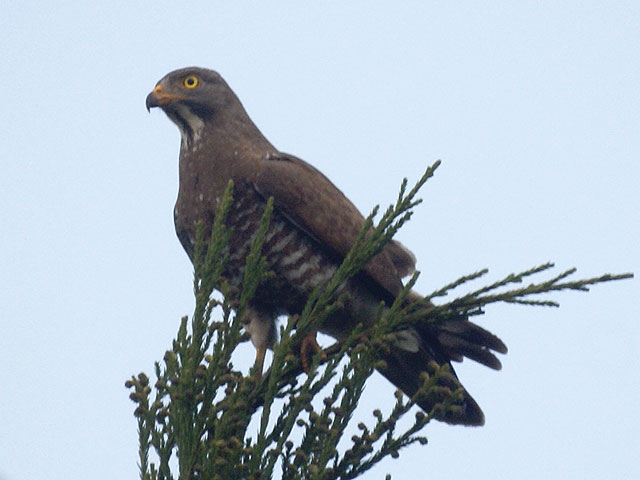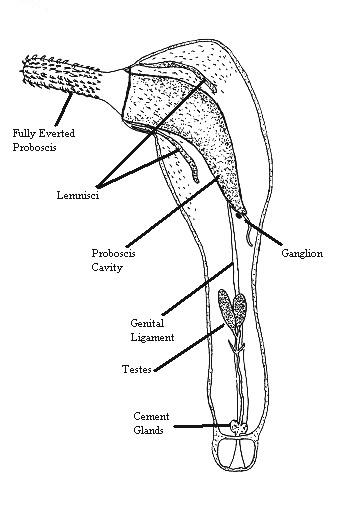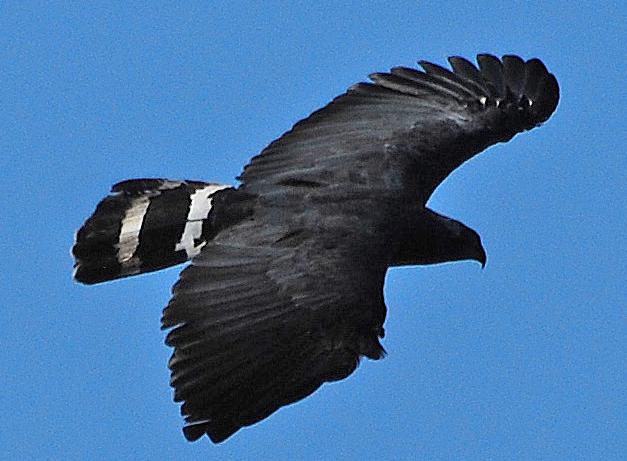|
White-eyed Buzzard
The white-eyed buzzard (''Butastur teesa'') is a medium-sized hawk, distinct from the true buzzards in the genus ''Buteo'', found in South Asia. Adults have a rufous tail, a distinctive white iris, and a white throat bearing a dark mesial stripe bordered. The head is brown and the median coverts of the upper wing are pale. They lack the typical carpal patches on the underside of the wings seen in true buzzards, but the entire wing lining appears dark in contrast to the flight feathers. They sit upright on perches for prolonged periods and soar on thermals in search of insect and small vertebrate prey. They are vociferous in the breeding season, and several birds may be heard calling as they soar together. Description This slim and small hawk is easily identified by its white iris and the white throat and dark mesial stripe. A white spot is sometimes visible on the back of the head. When perched, the wing tip nearly reaches the tip of the tail. The ceres are distinctly yellow an ... [...More Info...] [...Related Items...] OR: [Wikipedia] [Google] [Baidu] |
James Franklin (naturalist)
James Franklin (c. 1783 – 31 August 1834) was a British soldier. He was the brother of Sir John Franklin. James Franklin entered the service of the British East India Company as a cadet in 1805. He served with distinction on various Indian surveys and was elected a member of the Royal Society. He was in the 1st Bengal Cavalry and was an authority on geology. He undertook surveys of the Central Provinces (Vindhya Hills) and collected birds for the Asiatic Society. He collected about 40 species before reaching Benares, and on reaching Saugor he had collected 160 more specimens and made paintings of these. In 1831 Franklin published descriptions of the birds that he had collected. He is now recognised as the taxonomic authority for six species: * White-eyed buzzard *Indian eagle-owl *Rufous-tailed lark *Oriental skylark *Tawny-bellied babbler *Indian spotted creeper The specimens went to the Zoological Society of London but his paintings were stipulated to be returned to the Asiatic ... [...More Info...] [...Related Items...] OR: [Wikipedia] [Google] [Baidu] |
Parabuteo
''Parabuteo'' is a genus of bird of prey in the family Accipitridae The Accipitridae is one of the three families within the order Accipitriformes, and is a family of small to large birds with strongly hooked bills and variable morphology based on diet. They feed on a range of prey items from insects to medium-s .... It contains the following species: {{Taxonbar, from=Q10803962 Bird genera * Taxa named by Robert Ridgway ... [...More Info...] [...Related Items...] OR: [Wikipedia] [Google] [Baidu] |
Butastur
''Butastur'' is a genus of birds of prey in the family Accipitridae. Taxonomy and species The genus ''Butastur'' was introduced in 1843 by the English naturalist Brian Houghton Hodgson with the white-eyed buzzard as the type species. The genus name is a portmanteau of the genus ''Buteo ''Buteo'' is a genus of medium to fairly large, wide-ranging raptors with a robust body and broad wings. In the Old World, members of this genus are called "buzzards", but " hawk" is used in the New World (Etymology: ''Buteo'' is the Latin na ...'' introduced by Bernard Germain de Lacépède for the buzzards and ''Astur'' introduced by Lacépède for the goshawks. The genus now contains four species. References Bird genera Taxa named by Brian Houghton Hodgson Taxonomy articles created by Polbot {{Accipitriformes-stub ... [...More Info...] [...Related Items...] OR: [Wikipedia] [Google] [Baidu] |
Bird Louse
A bird louse is any chewing louse (small, biting insects) of order Phthiraptera which parasitizes warm-blooded animals, especially birds. Bird lice may feed on feathers, skin, or blood. They have no wings, and their biting mouth parts distinguish them from true lice, which suck blood."Bird louse" on Encyclopædia Britannica. Almost all domestic birds are hosts for at least one species of bird louse. Chickens and other poultry are attacked by many kinds of bird lice. Bird lice usually do not cause much harm to a bird unless it is unusually infested as in the case of birds with damaged bills which cannot preen themselves properly. A blood-consuming louse that infests Galápagos Hawks imore numerous on hawks without territories possibly because those individuals spend more time looking for food and less time preening than hawks with territories. In such cases, their irritation may cause the bird to damage itself by scratching. In extreme cases, the infestation may even interfere ... [...More Info...] [...Related Items...] OR: [Wikipedia] [Google] [Baidu] |
Acanthocephala
Acanthocephala (Greek , ', thorn + , ', head) is a phylum of parasitic worms known as acanthocephalans, thorny-headed worms, or spiny-headed worms, characterized by the presence of an eversible proboscis, armed with spines, which it uses to pierce and hold the gut wall of its host. Acanthocephalans have complex life cycles, involving at least two hosts, which may include invertebrates, fish, amphibians, birds, and mammals. About 1420 species have been described. The Acanthocephala were thought to be a discrete phylum. Recent genome analysis has shown that they are descended from, and should be considered as, highly modified rotifers. This unified taxon is known as Syndermata. History The earliest recognisable description of Acanthocephala – a worm with a proboscis armed with hooks – was made by Italian author Francesco Redi (1684).Crompton 1985, p. 27 In 1771, Joseph Koelreuter proposed the name Acanthocephala. Philipp Ludwig Statius Müller independently called th ... [...More Info...] [...Related Items...] OR: [Wikipedia] [Google] [Baidu] |
Platyhelminth
The flatworms, flat worms, Platyhelminthes, or platyhelminths (from the Greek πλατύ, ''platy'', meaning "flat" and ἕλμινς (root: ἑλμινθ-), ''helminth-'', meaning "worm") are a phylum of relatively simple bilaterian, unsegmented, soft-bodied invertebrates. Unlike other bilaterians, they are acoelomates (having no body cavity), and have no specialized circulatory and respiratory organs, which restricts them to having flattened shapes that allow oxygen and nutrients to pass through their bodies by diffusion. The digestive cavity has only one opening for both ingestion (intake of nutrients) and egestion (removal of undigested wastes); as a result, the food cannot be processed continuously. In traditional medicinal texts, Platyhelminthes are divided into Turbellaria, which are mostly non-parasitic animals such as planarians, and three entirely parasitic groups: Cestoda, Trematoda and Monogenea; however, since the turbellarians have since been proven not to be mono ... [...More Info...] [...Related Items...] OR: [Wikipedia] [Google] [Baidu] |
Black-naped Hare
The Indian hare (''Lepus nigricollis''), also known as the black-naped hare, is a common species of hare native to the Indian subcontinent, and Java. Introductions It has been introduced to Madagascar, Comoro Islands, Andaman Islands, Irian Jaya, Papua New Guinea, Seychelles, Mayotte, Mauritius and Réunion Réunion (; french: La Réunion, ; previously ''Île Bourbon''; rcf, label= Reunionese Creole, La Rényon) is an island in the Indian Ocean that is an overseas department and region of France. It is located approximately east of the island ....LONG JL 2003. Introduced Mammals of the World: Their History, Distribution and Influence (Cabi Publishing) by John L. Long () Taxonomy There are 7 recognized subspecies of Indian hare. * ''Lepus nigricollis aryabertensis'' * ''Lepus nigricollis dayanus'' * ''Lepus nigricollis nigricollis'' * ''Lepus nigricollis ruficaudatus'' * ''Lepus nigricollis sadiya'' * ''Lepus nigricollis simcoxi'' * ''Lepus nigricollis singhala'' Ref ... [...More Info...] [...Related Items...] OR: [Wikipedia] [Google] [Baidu] |
Geranospiza
The crane hawk (''Geranospiza caerulescens'') is a species of bird of prey in the family Accipitridae. It is monotypic within the genus ''Geranospiza''. Taxonomy The crane hawk used to be many species that were recently lumped into one. Those species are now designated as subspecies. Color varies clinally, though, and it is now commonly accepted that they comprise one species. There are also two species of harrier-hawks in Africa of the genus Polyboroides that, while they are morphologically and behaviorally similar, are not very closely related. They serve as a good example of convergent evolution. The crane hawk includes the following subspecies: * ''G. c. livens'' - Bangs & Penard, TE, 1921 * ''G. c. nigra'' - (Du Bus de Gisignies, 1847) * ''G. c. balzarensis'' - Sclater, WL, 1918 * ''G. c. caerulescens'' - (Vieillot, 1817) * ''G. c. gracilis'' - (Temminck, 1821) * ''G. c. flexipes'' - Peters, JL, 1935 Habitat and distribution Crane hawks occur in tropical lowlands at the e ... [...More Info...] [...Related Items...] OR: [Wikipedia] [Google] [Baidu] |
Ictinia
''Ictinia'' is a genus of birds in the family Accipitridae. It contains two species that are native to the Americas. Taxonomy and species The genus ''Ictinia'' was introduced in 1816 by the French ornithologist Louis Jean Pierre Vieillot to accommodate the plumbeous kite which is therefore the type species. The name is from the Ancient Greek Ancient Greek includes the forms of the Greek language used in ancient Greece and the ancient world from around 1500 BC to 300 BC. It is often roughly divided into the following periods: Mycenaean Greek (), Dark Ages (), the Archaic p ... word ''iktinos'' for a kite. The genus now contains two species. References Milvinae Bird genera Taxa named by Louis Jean Pierre Vieillot {{Accipitriformes-stub ... [...More Info...] [...Related Items...] OR: [Wikipedia] [Google] [Baidu] |
Rostrhamus
The snail kite (''Rostrhamus sociabilis'') is a bird of prey within the family Accipitridae, which also includes the eagles, hawks, and Old World vultures. Its relative, the slender-billed kite, is now again placed in ''Helicolestes'', making the genus ''Rostrhamus'' monotypic. Usually, it is placed in the milvine kites, but the validity of that grouping is under investigation. Description Snail kites are long with a wingspan. They weigh from . There is very limited sexual dimorphism, with the female averaging only 3% larger than the male. They have long, broad, and rounded wings, which measure each. Its tail is long, at , with a white rump and undertail coverts. The dark, deeply hooked beak, measuring is an adaptation to its diet. The tarsus is relatively long as well, measuring . The adult male has dark blue-gray plumage with darker flight feathers. The legs and cere are red. The adult female has dark brown upperparts and heavily streaked pale underparts. She has a w ... [...More Info...] [...Related Items...] OR: [Wikipedia] [Google] [Baidu] |
Cryptoleucopteryx
The plumbeous hawk (''Cryptoleucopteryx plumbea'') is a species of bird of prey in the family Accipitridae. Distribution It is found in Colombia, Ecuador, Panama, and Peru. Its natural habitat is subtropical or tropical moist lowland forests. It is threatened by habitat loss. File:Plumbeous Hawk 2015-06-09 (7) (40326994521).jpg File:Plumbeous Hawk 2015-06-09 (5) (40326975931).jpg References External links * * Accipitridae, plumbeous hawk Birds of Colombia Birds of the Tumbes-Chocó-Magdalena Birds of prey of South America Birds described in 1872, plumbeous hawk Taxa named by Osbert Salvin, plumbeous hawk Taxonomy articles created by Polbot {{Accipitriformes-stub ... [...More Info...] [...Related Items...] OR: [Wikipedia] [Google] [Baidu] |








